Caregivers play an important role in young children’s emotional development in addition to helping them cope. Using children’s literature in an interactive way, caregivers can help children heal. Using an engaging format, Read for Resilience may help children better understand their experiences and improve their coping skills.
The Early Childhood team has identified books to support children’s coping and understanding of their feelings after experiencing a major stressor, disaster, loss, and/or grief.
Free storybook reading guides accompany the books. The guides provide adults with suggested activities and probing questions to help children personally connect with the experiences of the characters in the books.
Download Storybook Guides Additional Resources
For questions, please contact our team at Read4Resilience@unl.edu
Curious what's in a Read for Resilience storybook guide? Here's a sample to download
A Terrible Thing Happened
Margaret M. Holmes
This story explains the types of emotions children face after a traumatic event and the ways they can find help.

Becoming a Super Hero: A Book for Children Who Have Experienced Trauma
Miri Bar-Halpern
This unique book provides a sensitive explanation for children about how they can understand and overcome the hurt that anyone can feel when terrible events happen.
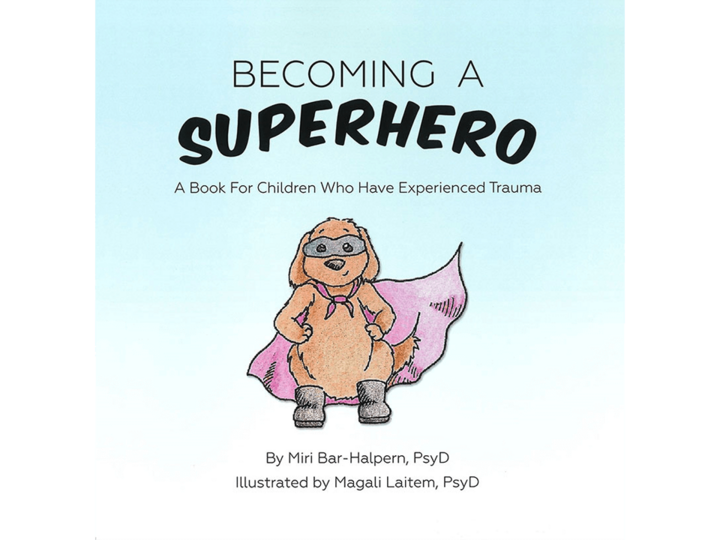
Bubble Trouble: Using Mindfulness to Help Kids with Grief
Heather Krantz
This book uses clear language and colorful illustrations to help children learn about the feelings of loss and grief. Children also learn helpful ways to manage these difficult feelings.
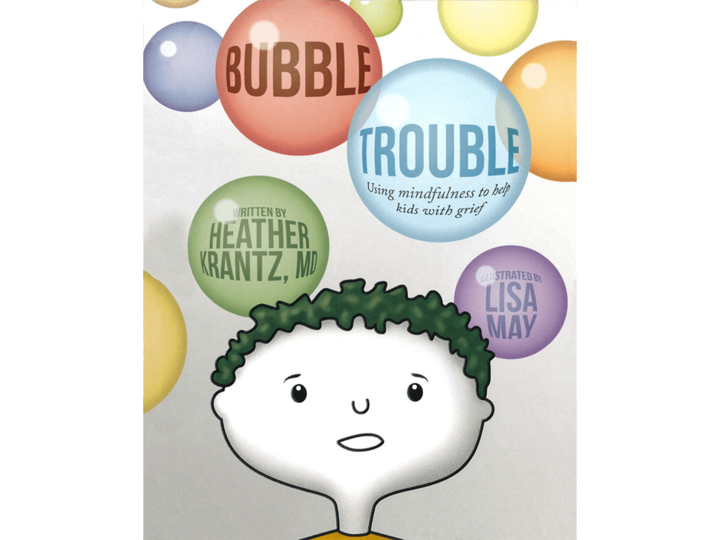
Everybody Needs a Buddy
Ellen Jackson
This sweet book about friendships uses animal examples to teach children from birth on up how we can care for each other.

Giraffes Can't Dance
Giles Andreae
Gerald the Giraffe is struggling to dance and is feeling sad until he meets a special friend who helps him discover his strengths. This story helps readers learn about their own unique strengths and see strengths in others.
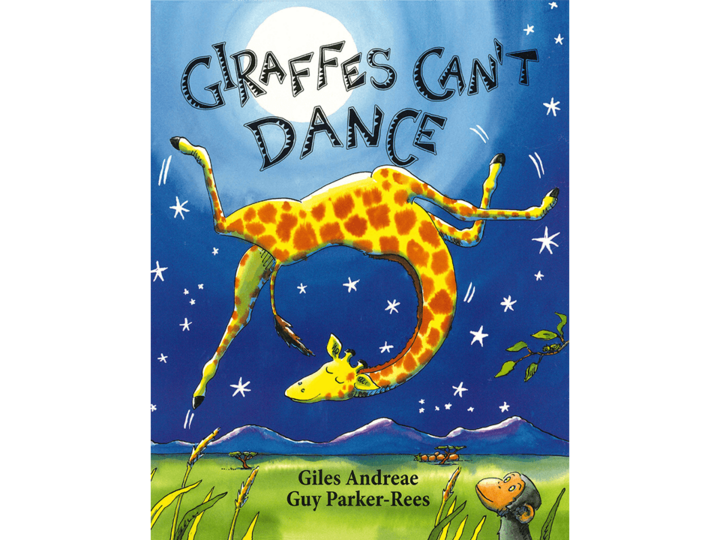
How is Daniel Feeling?
Maggie Testa
In this book, Daniel Tiger introduces children to songs to help them identify and manage their feelings. This is a great book for 2- to 5-year-old children.
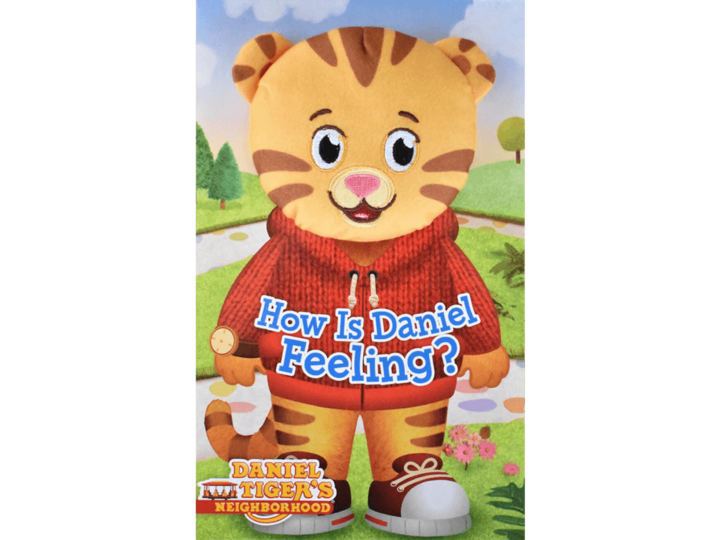
"I Have a Little Problem," said the Bear
Jheinz Janisch
Everyone knows how it feels not to be listened to—especially children. Young readers will understand the bear’s frustration completely.
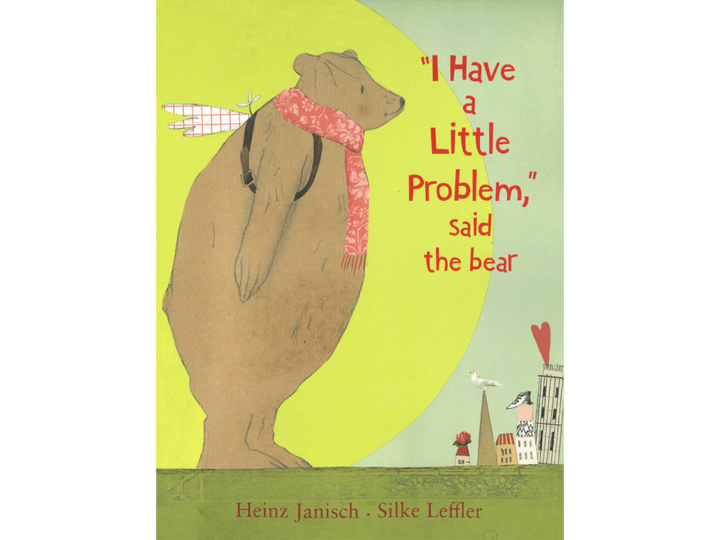
I’m Here
Peter Reynolds
This book will support children in learning about community, empathy, and kindness. It reminds us to reach out to others who might seem different than us, because we all yearn for connection. Communication comes in many different forms, we may just need to slow down and be present.
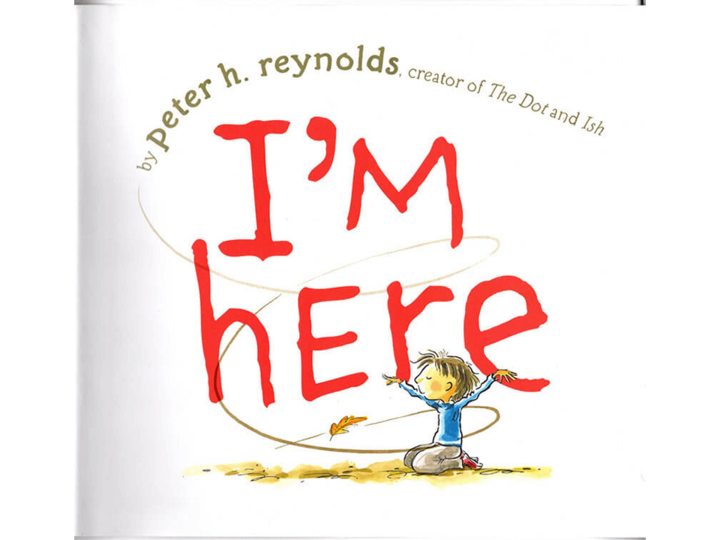
My Heart Fills with Happiness
Monique Gray Smith
This simple book welcomes readers of all ages, from very young children to adults, to celebrate all the things in life that makes their heart feel happy.
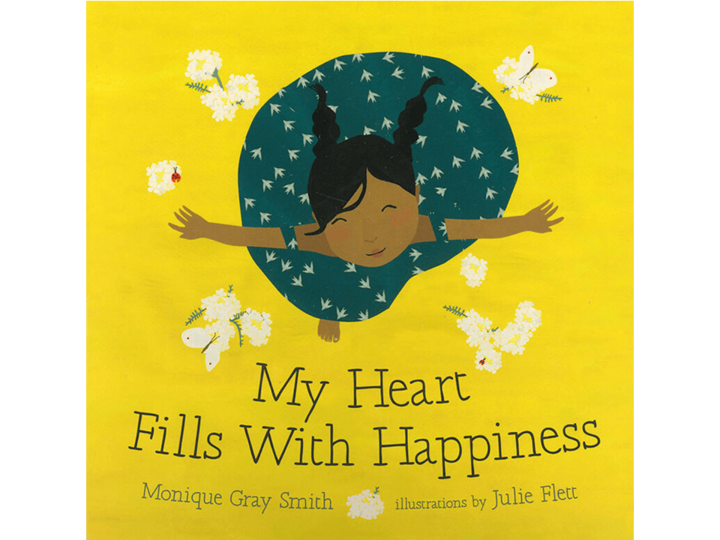
Once I was Very Very Scared
Chandra Ghosh Ippen
This story was written to help children and grown-ups (parents, teachers, and other important adults) understand how stress can affect children and ways to help them.
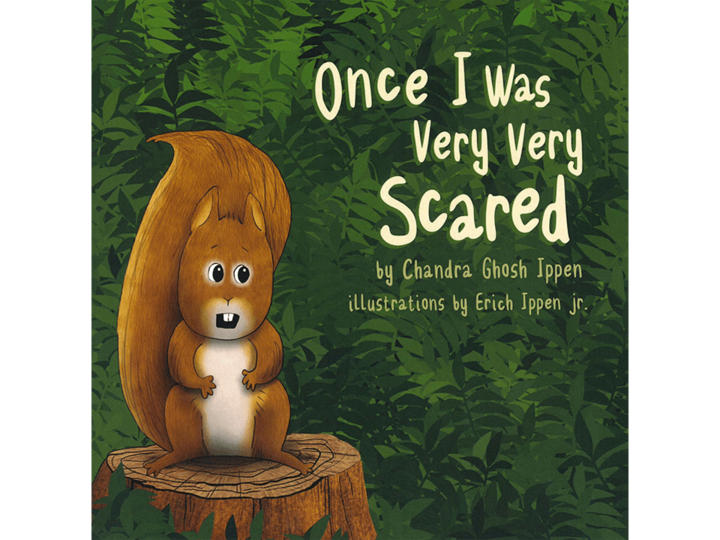
Owl Babies
Martin Waddell
A tender tale to reassure and comfort the youngest of children who feel worried and afraid when apart from Mommy.

Saturday
Oge Mora
Join Ava and her mom as they have a day where their plans do not go as they had anticipated. This is the day where they have story time, salon time, a picnic, and even a puppet show. Though their day has ups and downs, they are reminded the best part about Saturdays is spending time together.
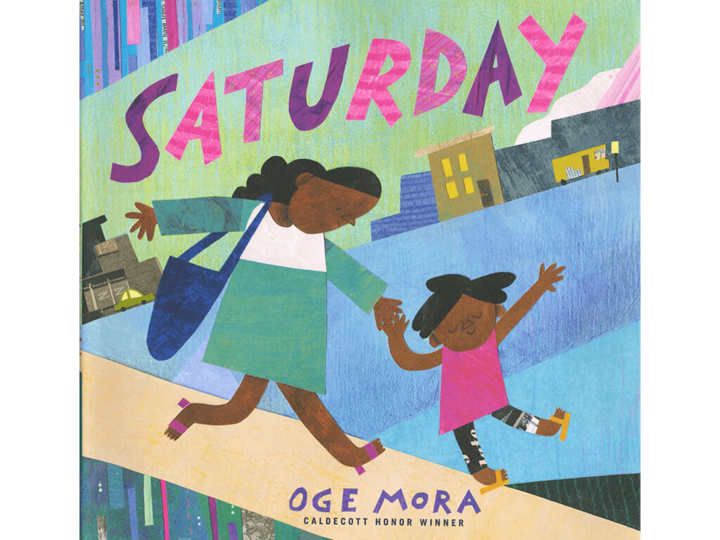
Say Something!
Peter Reynolds
This book encourages children to express themselves in different ways. Children can learn to speak up for themselves and others by using their voice, creativity, and courage.
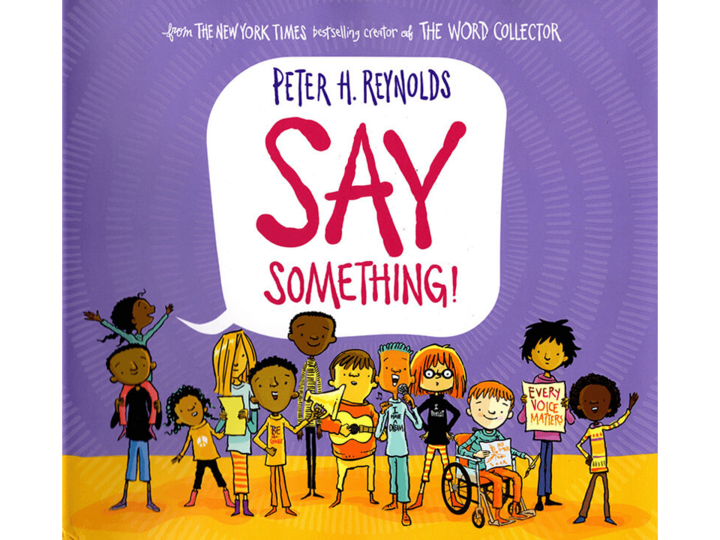
Swimmy
Leo Lionni
In this beloved, award-winning tale of a brave little fish, Swimmy and his friends learn that they can overcome any problem with teamwork.
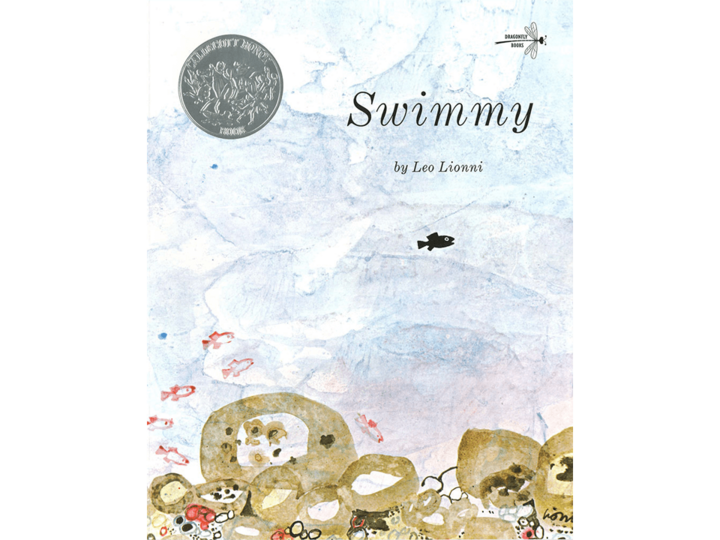
The Big Umbrella
Amy June Bates
This book uses a big, friendly, red umbrella who is waiting with “arms spread wide” to shelter anyone from the rain. Using simple words, the book encourages children to practice kindness, hospitality, inclusivity, and acceptance.
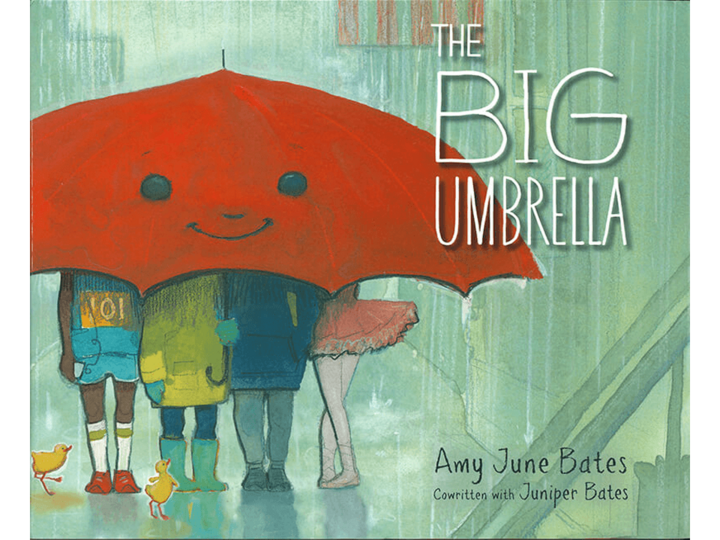
The Goodbye Book
Todd Parr
Goodbyes are never easy. This colorful and unique storybook helps children think about the different emotions they may feel when saying goodbye to a loved one.
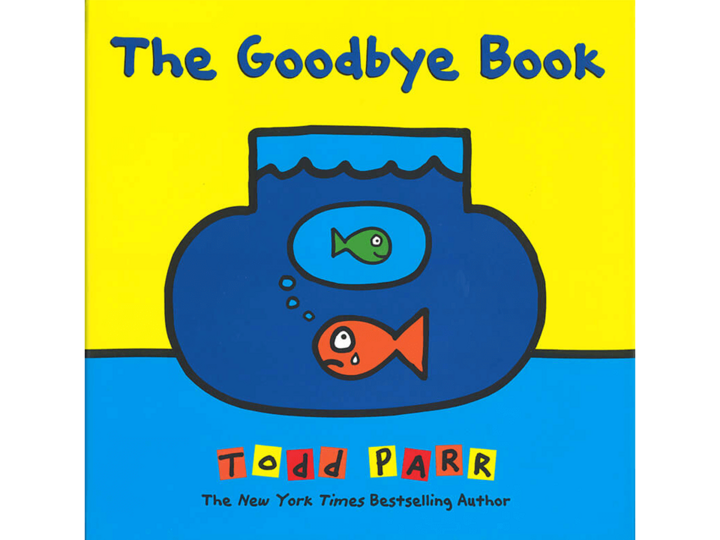
The Good Egg
Jory John
This story is a lighthearted tale with a positive message about acceptance and the importance of self-care. It provides a great opportunity to talk to young children about the importance of prioritizing their own emotional, mental, and physical well-being.

The Invisible String
Patrice Karst
Using the idea of an invisible string, this book reminds children they are never alone. This is a story about a mother and her children always having a strong connection no matter how far away they are from one another. It can be particularly helpful for children experiencing sadness, anxiety, loss, or grief.
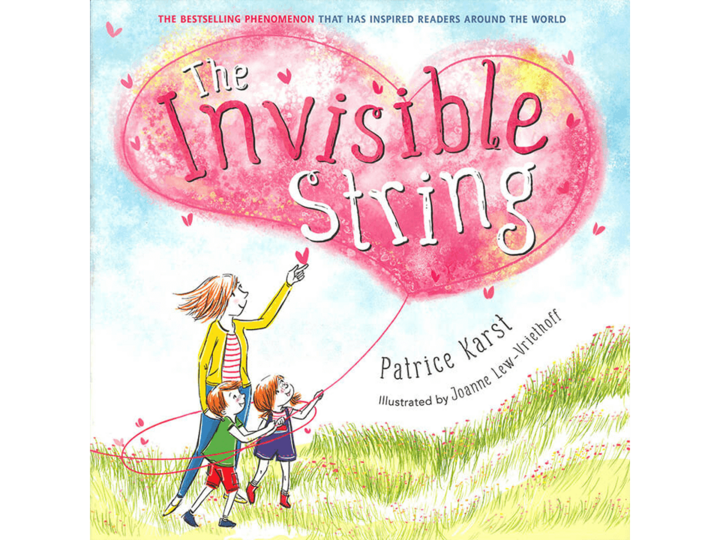
The Tenth Good Thing about Barney
Judith Viorst
This story teaches children about death by discussing the death of a pet cat and how the parents help their child process grief. The book is intended for children 6 years of age and older.

The Way I Feel
Janan Cain
This book uses strong, colorful, and expressive images and simple verses to help children connect emotions and their meanings.

Wemberly Worried
Keven Henkes
This story addresses worrying and anxiety in a positive and child-friendly manner.
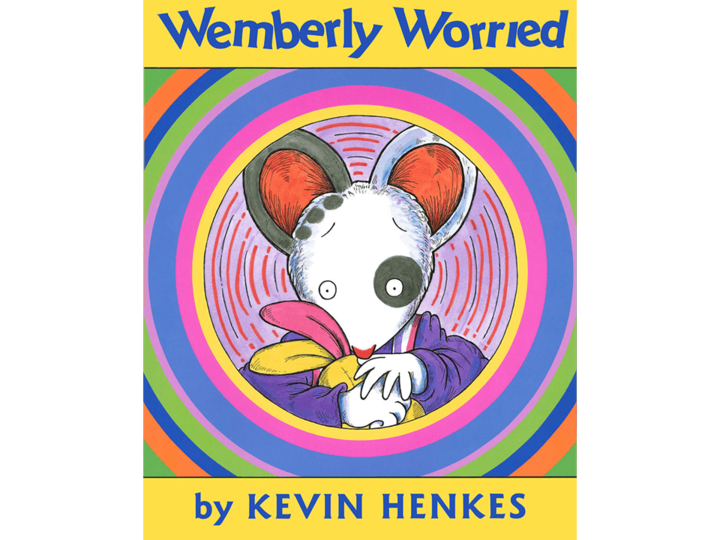
What Color Is Your Day
Camryn Wells
This book uses colors to represent emotions. Watercolor illustrations are used to help children connect their feelings to different colors.

For questions or training opportunities to bring Read for Resilience to your program, please contact our team at Read4Resilience@unl.edu.
